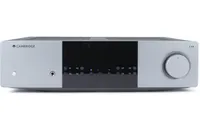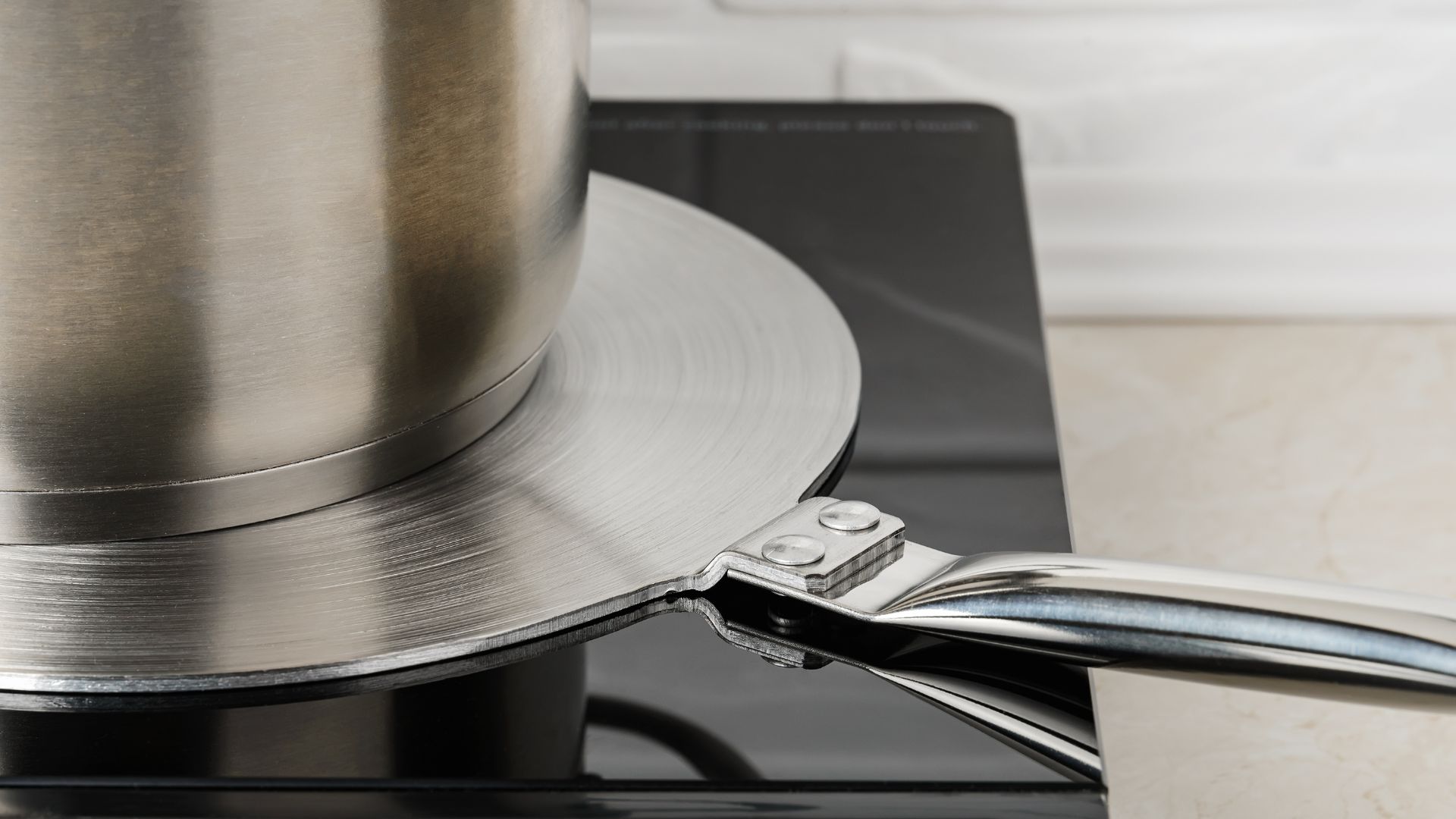I just tested this stunning $2,400 stereo amp — and my music will never sound the same again
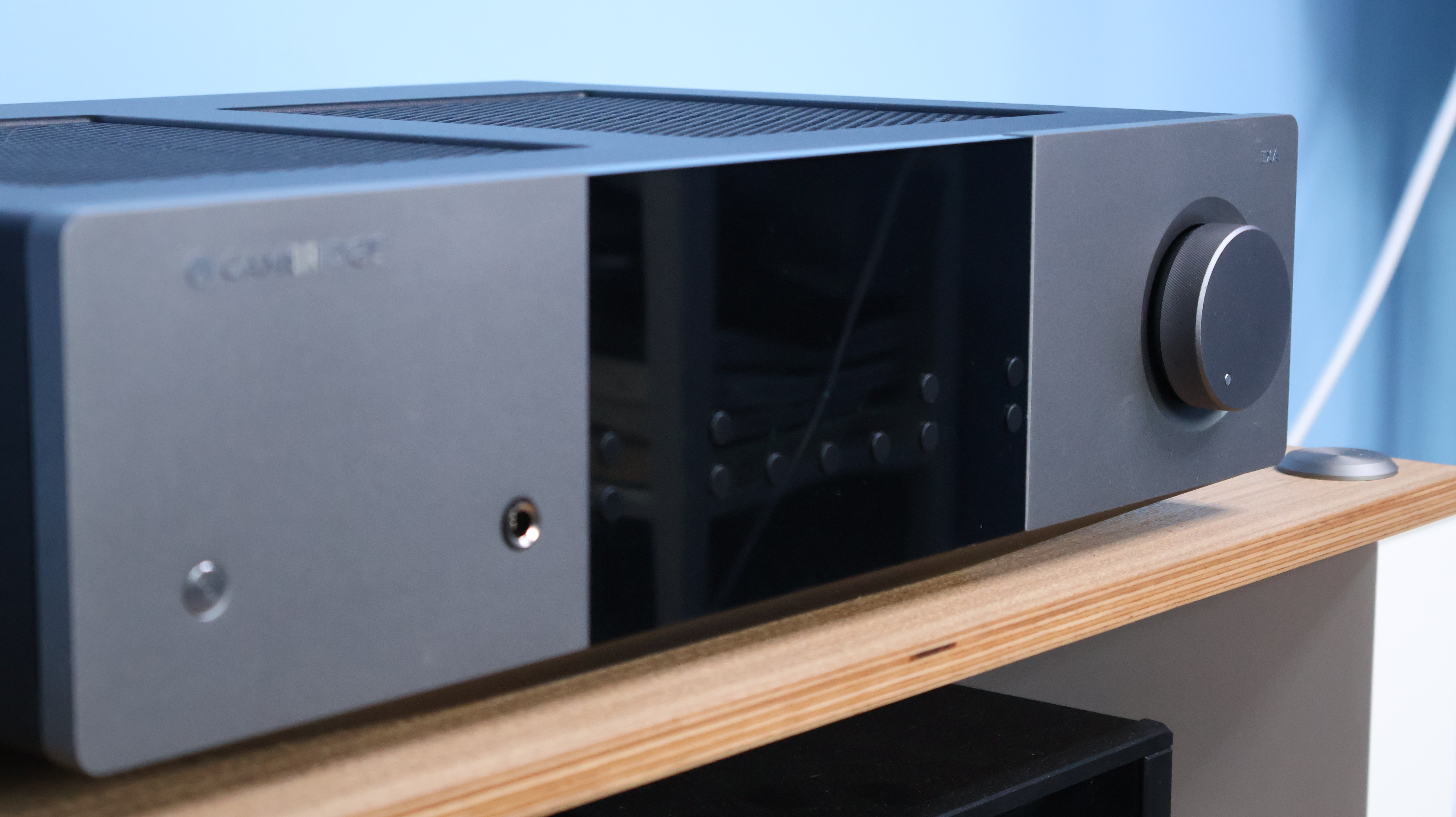
I love my stereo system. I've built it over a series of years, and added bits and bobs to make it work better and better. That means better sound quality, more features like Wi-Fi streaming and improved turntable playback, and even special stands that reduce vibrations to my components.
Yet, as with all audiophiles, it always feels like something is missing. I can never sit still with my audio system, and I always want the next biggest thing. I've already sunk thousands into my system, so I'm always curious how much better things can get.
The amplifier is the core of my system. So I swapped my Onkyo unit out for this $2,399 option from Cambridge Audio, the EXA100. And my goodness — I don't think anything is going to come close for quite some time.
Is it expensive? Yes. Is it also really, really good? Also yes. The EXA100 brings a wonderfully big, deep sound, which retains detail. It'll drive even the largest of speakers, and brings great soundstage to the table for some excellent room-filling audio. You'll need to add in some stereo speakers, but the built-in Bluetooth connection means you can enjoy music without needing to plug in any extra devices.
Looks to die for
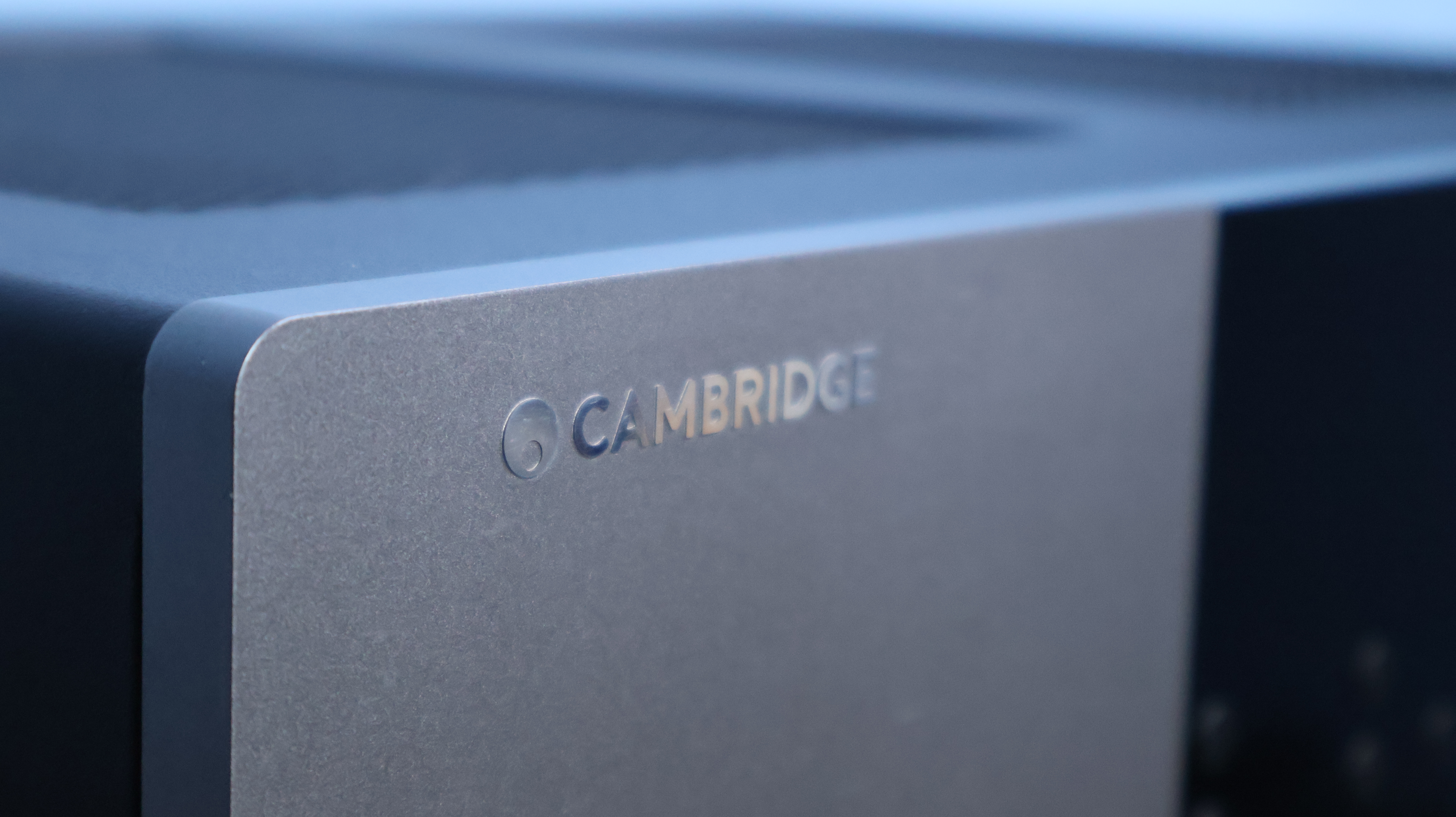
Before I talk about any kind of sound stuff, I need to remind you that looks are important when it comes to choosing an amplifier — at least to me. And the EXA100 looks as expensive as you'd hope for something that costs more than a Mac Studio.
The EXA100 is wrapped in metal and features a simple and attractive design across the front. The volume dial is a focal point, taking up a chunk of the right side of the amp. There's a large black glass panel bisecting the front fascia that holds all the source buttons, and then there's a simple power button on the left side.
It weighs a ton — or 28.2 pounds to be exact. That's a weighty thing, and it goes to show just how much incredible stuff there is in the amp. You can even just see the internals through the vents at the top. Compared to my old amp, it looks and feels like something worth six times the price.
Clicks, clunks and endless tactility
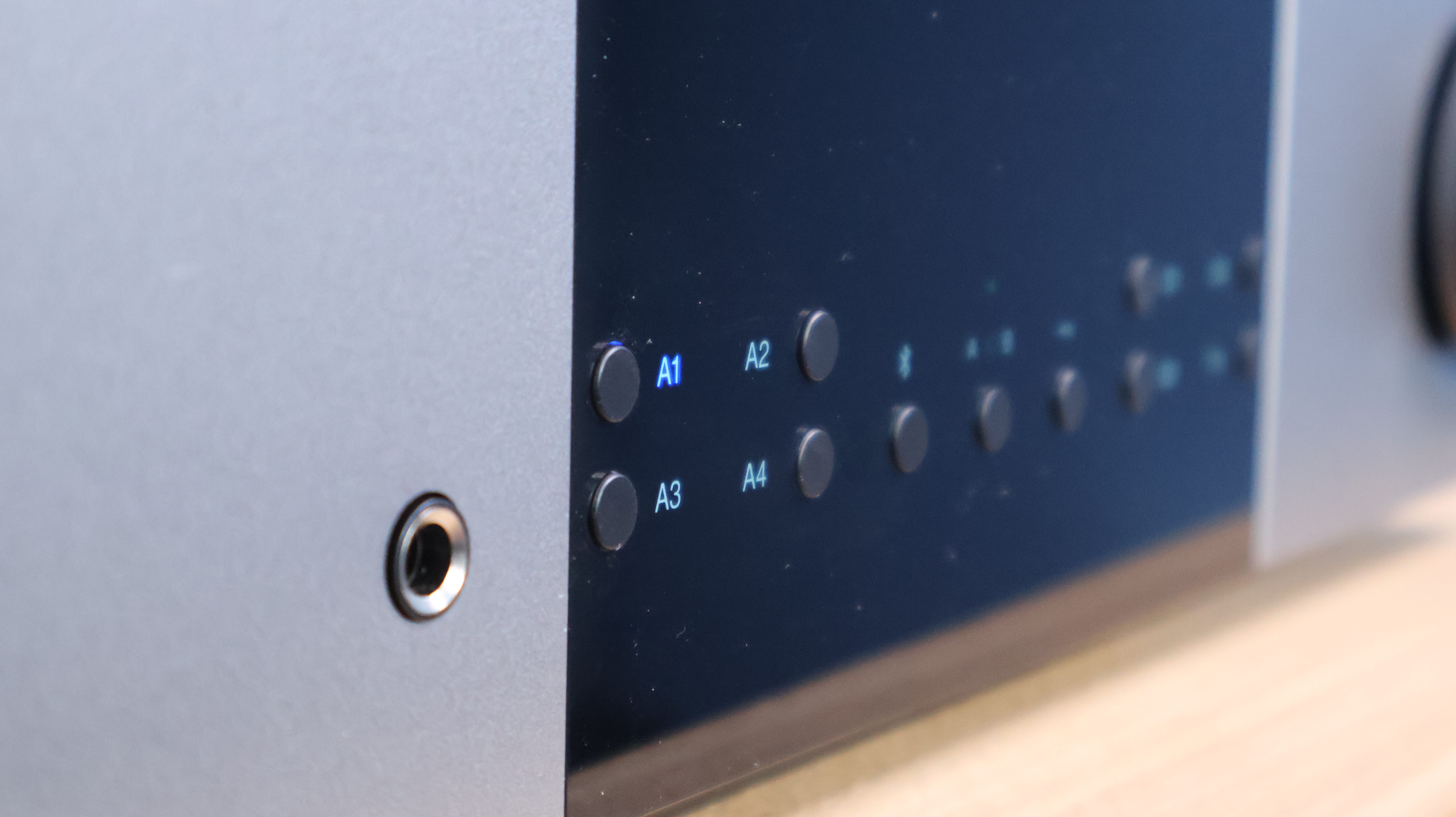
As touch controls and rubber-coated buttons become the norm when it comes to consumer audio gear, the fact that the EXA100 is covered with proper clicky buttons is wonderful.
Get instant access to breaking news, the hottest reviews, great deals and helpful tips.
The buttons on the front are pleasingly clicky, and the power button feels lovely under the finger. But it's the clicks and clunks inside the unit that make everything feel even better. When you press a source button, there's a click as the circuit's mechanisms move into place inside the amp. It adds an air of the analog to proceedings and makes everything feel even better.
Then there's the nob feel. That volume knob is not only large and in charge, but it feels excellent under the finger. Turning it to change the volume feels expensive, as you spin the metal dial around. It even moves itself when you press the volume keys on the remote... very nice.
And, of course, incredible sound
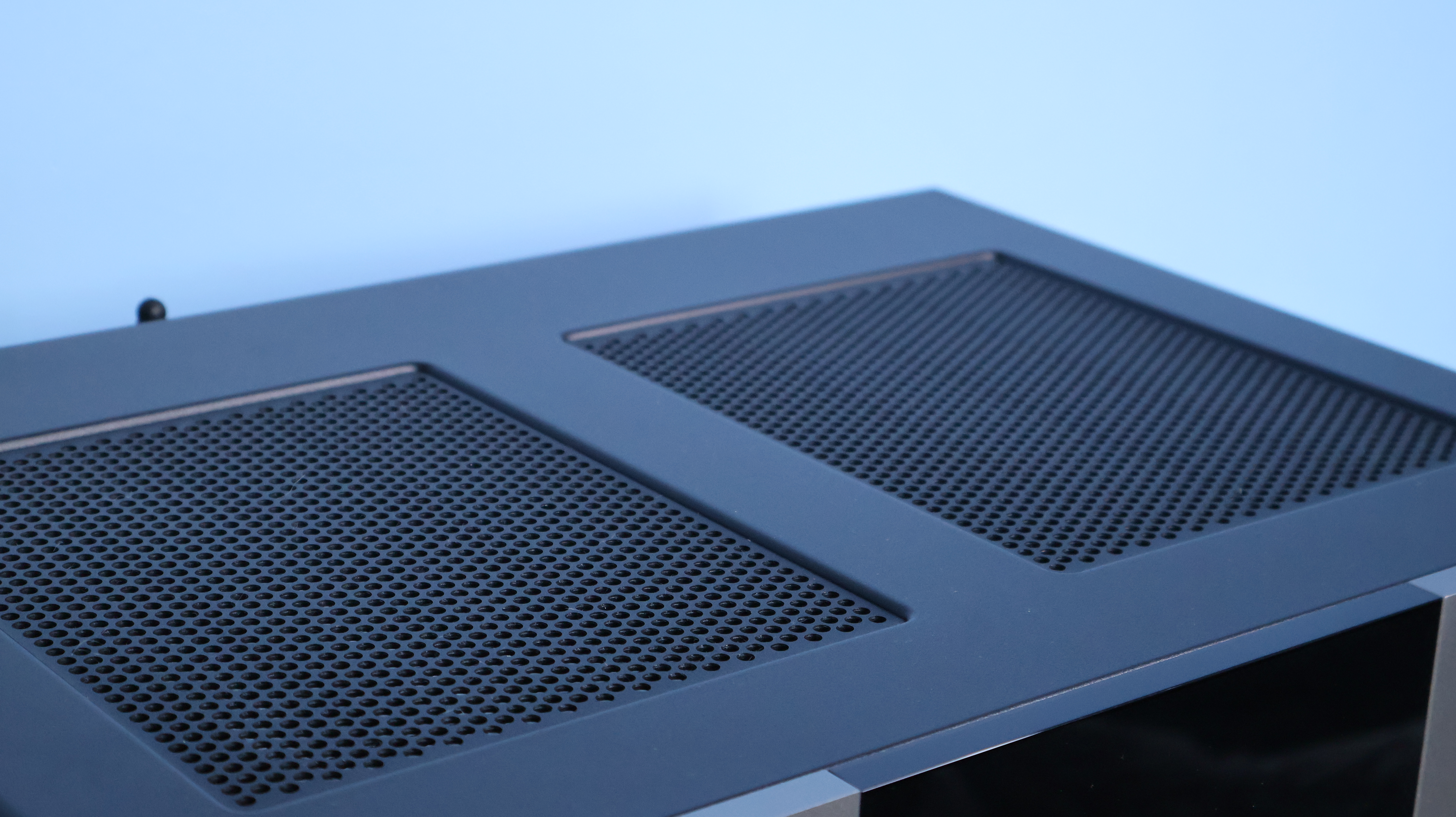
The most important part is how the Cambridge Audio EXA100 makes my stereo system sound.
It's interesting that I wasn't entirely sure whether the jump in audio quality was going to be all that big. After all, as expensive as my KEF LS50 Metas might have been, my old amp was perfectly able to power them across a wide range of different genres and playback volumes.
Oh, how wrong I was. I've tried out expensive amps in special playback rooms before, but there's something about it being in your own listening room that makes things very, very different. The EXA100 made my components sing, and it showed me what my speakers are truly capable of.
There's a glorious warmth to playback, which complements my detail-oriented LS50 Meta speakers to a tee. Plugging in my subwoofer brought even more low-end grunt to the proceedings and rumbled the floor of the room more than my old amp could ever hope to.
The EXA100 is an amp that values the warmer tone more than other options, I'm told, so there's some detail roll-off towards the top end. My speakers didn't mind too much, given they're often described as 'overly analytical' anyway. My biggest takeaway from the experience was that combining my speakers with something more expensive didn't just change the sound, it also made it... more.
I could hear more bass notes, feel more cymbal crashes. The soundstage was much wider, and the experience more musical as a whole.
Classical recordings like my favorite Bach pieces felt enormous. Closing my eyes, it felt like I was in front of the orchestra as they played me my own personal concert. Even my metal albums sounded better, with more edge to the distorted guitars, and extra impact to the bass notes and the drums.
I already loved the sound of my HiFi, but now I love it.
A whole host of inputs
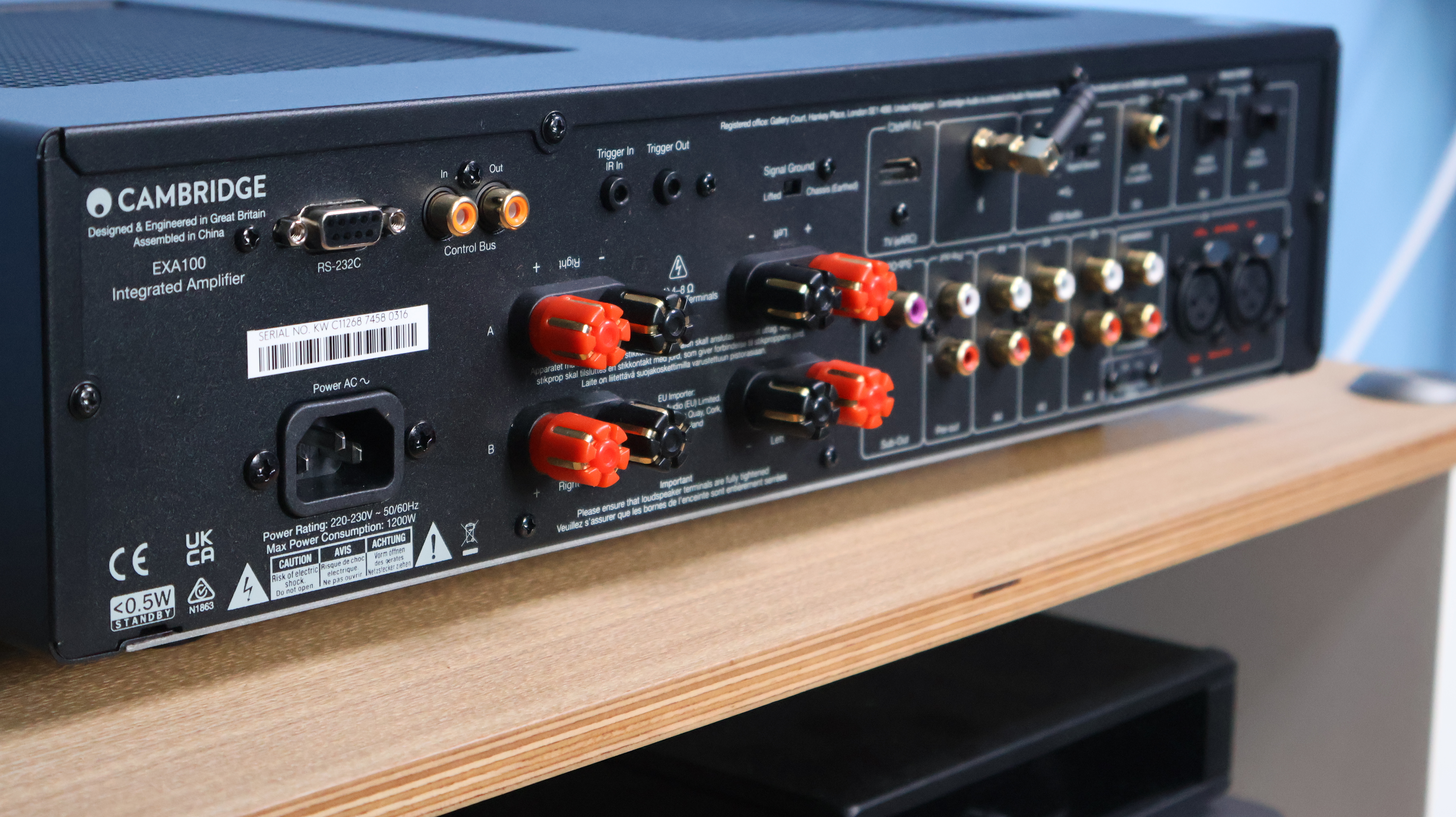
My old amplifier has five inputs. A phono input for record players, and then a couple more RCA plugs for other devices. The EXA100 has... a few more ways to plug things in.
There's digital inputs for the built in DAC, like optical ports, Bluetooth, and HDMI eARC to plug in a TV. There's five different RCA for other devices, two XLR balanced plugs. The Subwoofer out, a trigger in and out for power state matching... there's loads.
There is one thing missing — a phono pre-amp. Cambridge Audio says that's because seperate pre-amps sound better than anything it could have put inside the device, but it does still feel like a weird ommision. Thankfully, I've got a seperate unit, but it's something to remember.
This is not the top of the tree

While it may seem like a very expensive amp, to some audiophiles, this is a 'mid-range' product. $2,400 is a lot of money — but it's also not the tens of thousands of dollars that you can spend on audio gear.
I'd argue that this is the perfect sweet spot, however. Sure, those much more expensive options are going to sound mind-blowing, but then you need more expensive speakers and other components to match.
The EXA100 is my new 'I want this' element to my HiFi system. I want to be able to plug in my best headphones and listen to my music, and enjoy more of the incredible sound it's capable of recreating.
But then Cambridge Audio does make an even more expensive model...
More from Tom's Guide

Tammy and her generous collection of headphones have found a new home — Tom's Guide! After a two-and-a-half-year stint as iMore's resident audiophile, Tammy's reviews and buying guide expertise have more focus than ever on Tom's Guide, helping buyers find the audio gear that works best for them. Tammy has worked with some of the most desirable audio brands on the planet in her time writing about headphones, speakers, and more, bringing a consumer focussed approach to critique and buying advice. Away from her desk, you'll probably find her in the countryside writing (extremely bad) poetry, or putting her screenwriting Masters to good use creating screenplays that'll never see the light of day.
You must confirm your public display name before commenting
Please logout and then login again, you will then be prompted to enter your display name.
